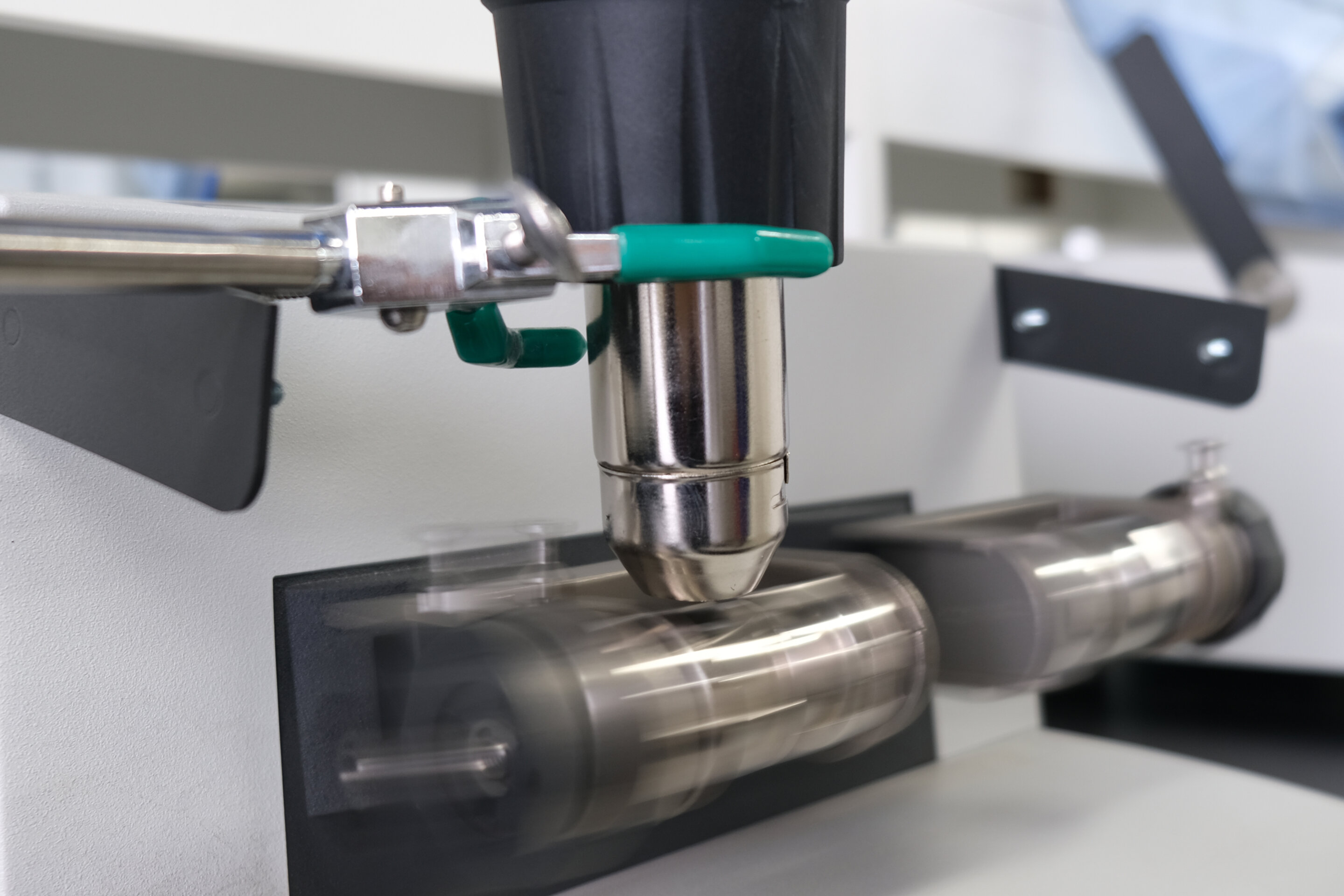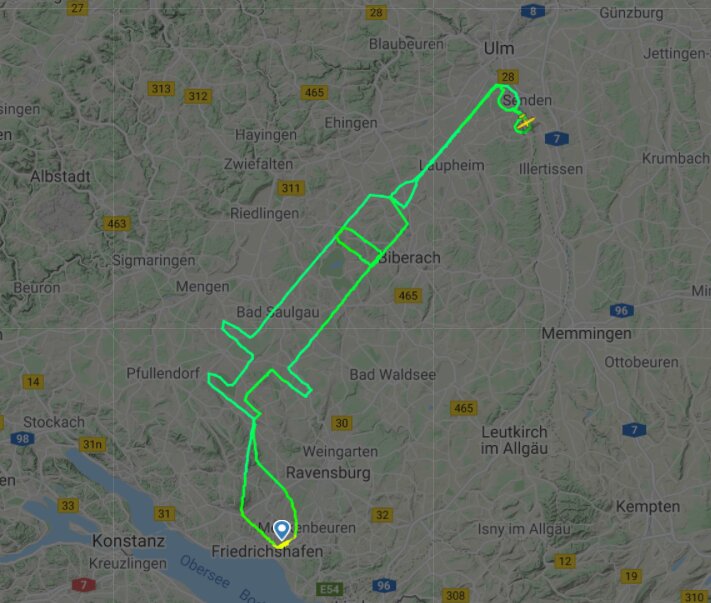#’Message in a bottle’ tracks plastic pollution
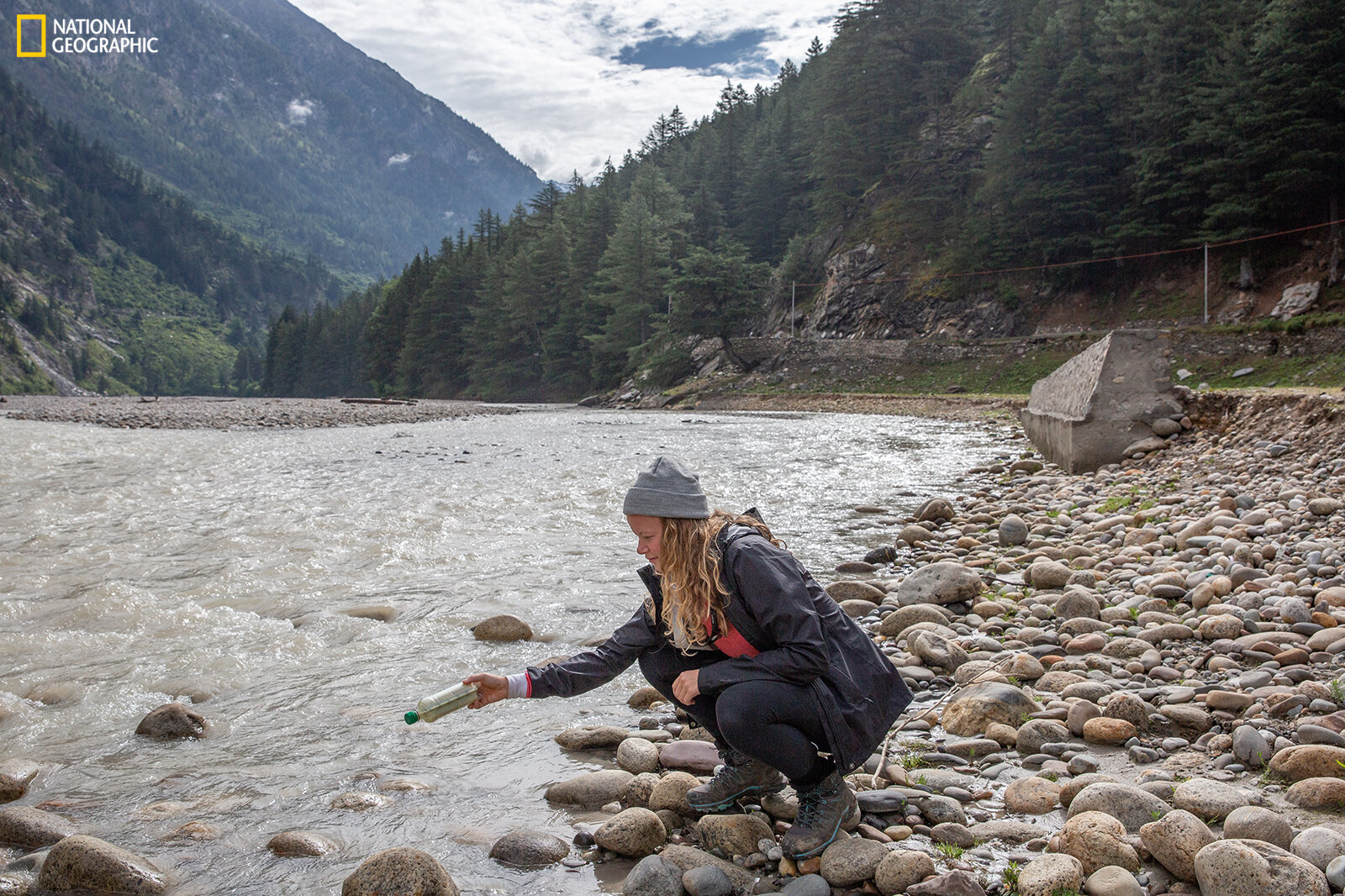
“#’Message in a bottle’ tracks plastic pollution”

Electronic tags released in the Ganges river show plastic pollution can travel thousands of kilometres in just a few months.
Researchers put GPS and satellite tags in plastic bottles in the Ganges and the Bay of Bengal.
The maximum distance tracked was 2,845km (1,768 miles) in 94 days.
The study, led by researchers from the University of Exeter and ZSL (the Zoological Society of London), was conducted as part of the National Geographic Society’s Sea to Source: Ganges expedition.
“Our ‘message in a bottle’ tags show how far and how fast plastic pollution can move,” said lead author Dr. Emily Duncan, of the Centre for Ecology and Conservation on Exeter’s Penryn Campus in Cornwall.
“It demonstrates that this is a truly global issue, as a piece of plastic dropped in a river or ocean could soon wash up on the other side of the world.”
In general, bottles in the Ganges moved in stages, occasionally getting stuck on their way downstream.
Bottles at sea covered far greater distances, following coastal currents at first but then dispersing more widely.
The study used 25 500ml bottles with size, shape and buoyancy intended to mimic the movement of any plastic bottle.
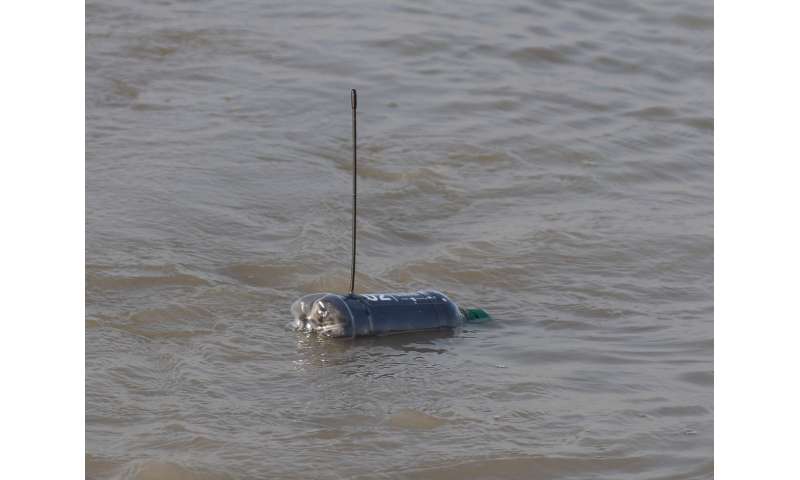
Alasdair Davies, of conservation technology organisation Arribada and ZSL, said: “The hardware inside each plastic bottle is entirely open source, ensuring that researchers can replicate, modify or enhance the solution we presented to track other plastics or environmental waste.
“Embedding electronics inside plastic bottles also presented a unique opportunity to use both cellular and satellite transmitters, ensuring we could track the movement of each bottle through urban waterways where mobile phone networks were available, switching to satellite connectivity once the bottles reached the open ocean.”
The researchers hope the bottle tags could be a “powerful tool” for education, raising awareness and encouraging behaviour change.
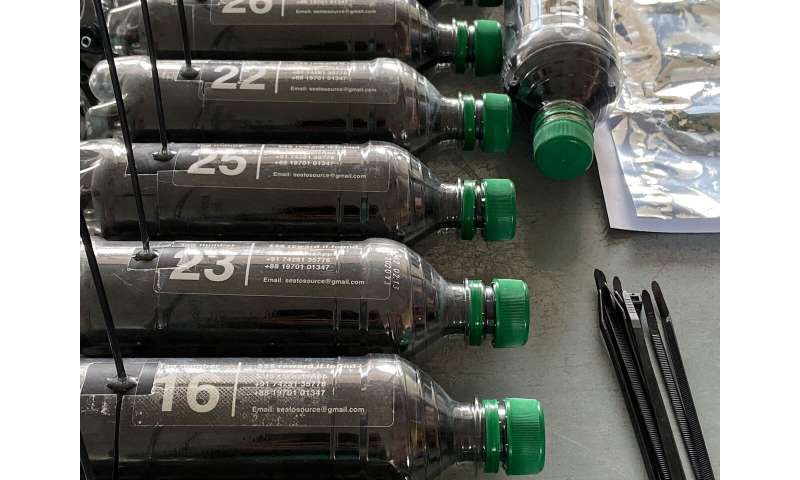
Dr. Duncan said: “This could be used to teach about plastic pollution in schools, with children able to see where their bottle goes.
“Data from these tags could feed into global models to give us a clearer picture of how plastic moves across the ocean and where it ends up.”
The paper, published in the journal PLOS ONE, is entitled: “Message in a bottle: open source technology to track the movement of plastic pollution.”
Waste fishing gear threatens Ganges wildlife
PLOS ONE (2020). DOI: 10.1371/journal.pone.0242459
Citation:
‘Message in a bottle’ tracks plastic pollution (2020, December 2)
retrieved 3 December 2020
from https://phys.org/news/2020-12-message-bottle-tracks-plastic-pollution.html
This document is subject to copyright. Apart from any fair dealing for the purpose of private study or research, no
part may be reproduced without the written permission. The content is provided for information purposes only.
If you liked the article, do not forget to share it with your friends. Follow us on Google News too, click on the star and choose us from your favorites.
For forums sites go to Forum.BuradaBiliyorum.Com
If you want to read more Like this articles, you can visit our Science category.

